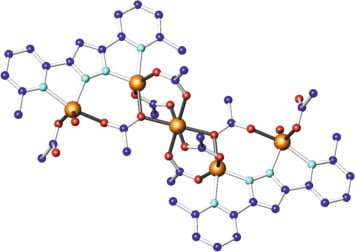Occupational Exposure Limits: EU internal work on cobalt risks squandering EU green transition goals
In 2021, the European Commission added cobalt and inorganic cobalt compounds to a list of substances requiring EU-wide occupational exposure limit (OEL) values, in accordance with the Carcinogens, Mutagens and Reprotoxic Substances Directive (2004/37/EC). On 28 November 2022, ECHA’s independent scientific body (RAC) adopted an opinion recommending to set the OEL value at 1 microgram of cobalt per cubic metre (µg Co/m3) for the inhalable fraction and 0.5 µg Co/m3 for the respirable fraction. These are very conservative numbers based on an approach that does not use the best available scientific evidence. The essential nature of cobalt, what we know about its biological actions and the lack of cancer observed in the workplace, do not support the conclusion of cobalt as a potent human cancer agent. Since 2018, proactive data generation requests by Cobalt Institute were made to support the continued safe use of cobalt in the workplace. These were not evaluated by authorities in time for consideration under the OEL process. The Cobalt Institute’s own health-based value is closer to 20 µg Co/m3. A similar level is also established in the majority of EU Member States. This value would make the EU a global leader on cobalt workplace protection whilst still allowing companies to operate. The Cobalt Institute supports an OEL for cobalt. An OEL value at the level recommended by RAC would massively jeopardise the production, recycling, and use of cobalt substances in the EU and stall the EU green transition ambitions. This would be a disproportionate measure applied on a value chain as cobalt, which is crucial for EV batteries and other green energy technologies. This comes at a time when countries like the US foster their strategic industries and grow their competitive advantage in this area. The value proposed by RAC should not be considered as final. RAC’s opinion is just the first step in the process for the development of OEL values for cobalt and inorganic cobalt compounds. However, this opinion is influential and can be misleading for other scientific and regulatory bodies involved in OEL or other cobalt assessment processes in the EU and beyond. The RAC values also constitute evidence that the Commission is obliged to consider when setting up binding OEL values in the EU. Next steps: In 2023, experts from the national authorities and from workers’ and employers’ organisations organized in the Working Party Chemicals (WPC) will issue their own opinion, which will consider technical and socio-economic feasibility of possible OEL values. This will be informed by the outcome of a study conducted by consultants appointed by the Commission to assess technical feasibility and socio-economic impacts of various OEL scenarios. In parallel, the Cobalt Institute commissioned eftec – an environmental economics consultancy – to produce a study looking at the socio-economic impacts of different OELs levels. The study will be concluded by April 2023. The Cobalt Institute will share the results with all relevant stakeholders: the European Commission’s external consultants working on defining the technical feasibility and socio-economic assessment of an OEL for cobalt, the experts of the WPC, and the European Commission. The experts’ opinion and the outcome of the study will serve as a basis for an impact assessment by the Commission, who is expected to put forward a proposal for an OEL for cobalt and inorganic cobalt compounds in 2024. This proposal will determine the future cobalt production and use in the EU.

